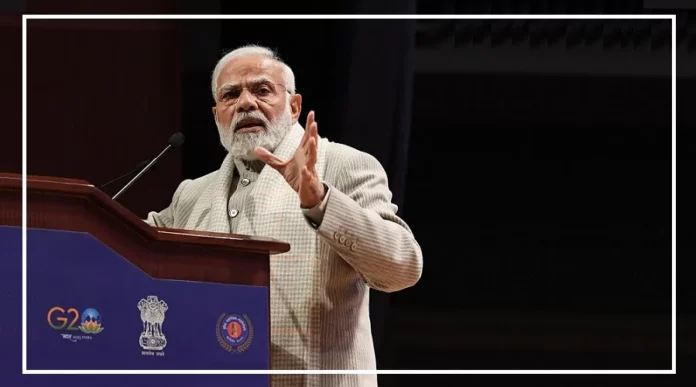GDP per capita, which is the total economic output of a country divided by its population, gives a clearer picture of individual income and productivity.
As per 2025 estimates from the International Monetary Fund (IMF), the data shows major gaps in income levels around the world. South Sudan ranks as the poorest country, with a per capita GDP of just $251.
Why GDP Per Capita Shows a Different Story
India appears on the list at 50th place, with a per capita GDP of $2,878. This is despite being one of the world’s top five economies by total GDP.
The reason lies in India’s large population, which spreads the total income thinly across individuals.
A similar case is Nigeria, which is the 8th poorest in terms of per capita GDP at $807, even though its economy is one of Africa’s biggest.
Wide Differences Among the Poorest Nations
The income gap within the bottom 50 countries is also quite large. For example, South Sudan’s output per person is nearly 11 times lower than India’s.
Island nations like the Solomon Islands and Kiribati also rank low, mainly due to their isolation and limited industries.
On the other hand, some Caribbean islands are better off, partly because of colonial legacies that left behind stronger legal and financial systems.
Sub-Saharan Africa: Still Struggling Economically
Most of the world’s poorest countries are located in Sub-Saharan Africa, followed by a few in South Asia and the Pacific Islands. Common challenges in these regions include:
Political instability
Weak institutions
Lack of industrial growth
These issues continue to slow down income growth, even as the global economy recovers.
Africa’s Low Economic Share Despite Large Population
Africa makes up 19% of the world’s population but contributes only 3% to the global GDP, which is around $113 trillion.
This shows how underrepresented the continent is in the global economy.
The data highlights the need for stronger development efforts to bridge these long-standing economic gaps.
